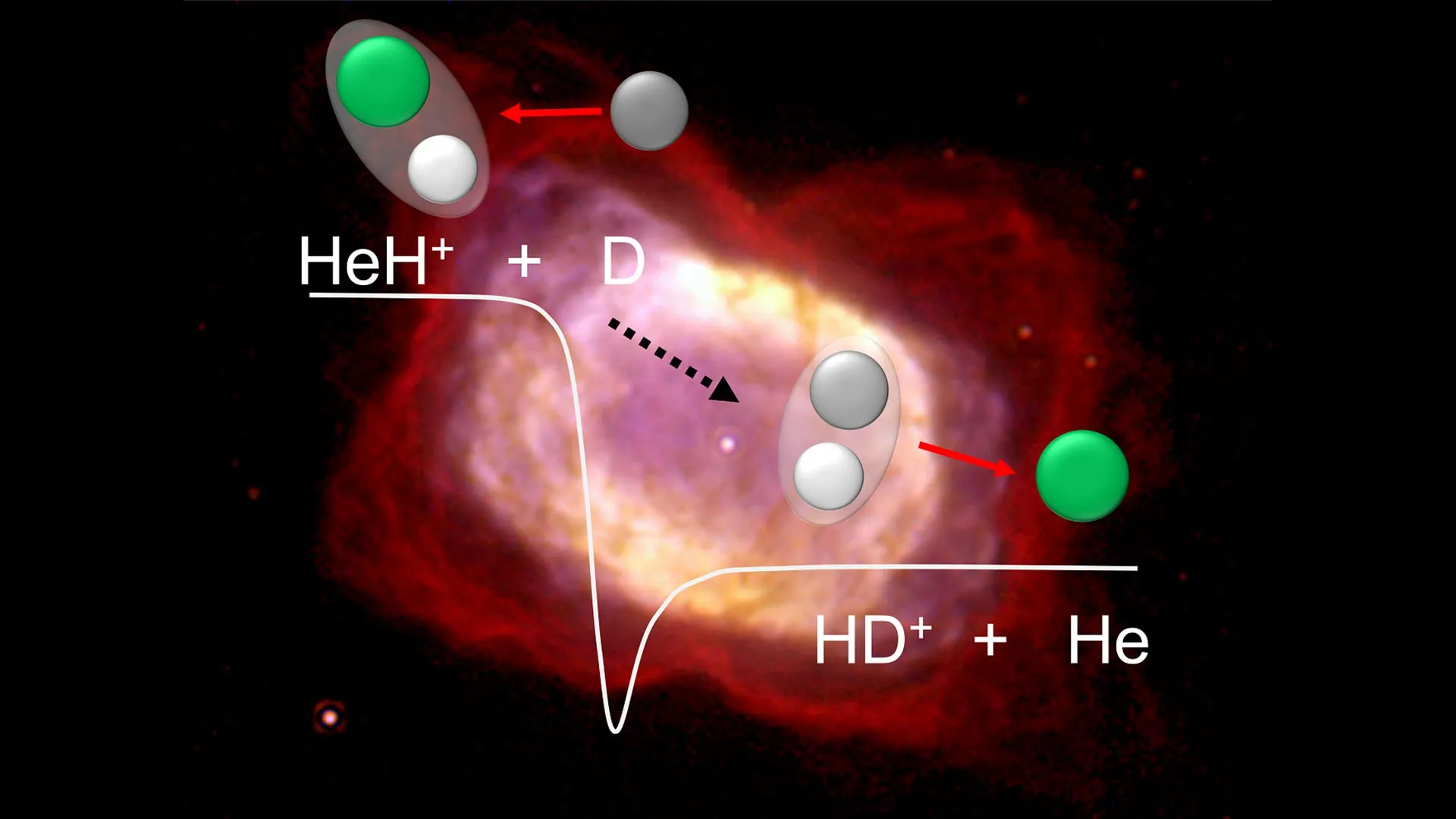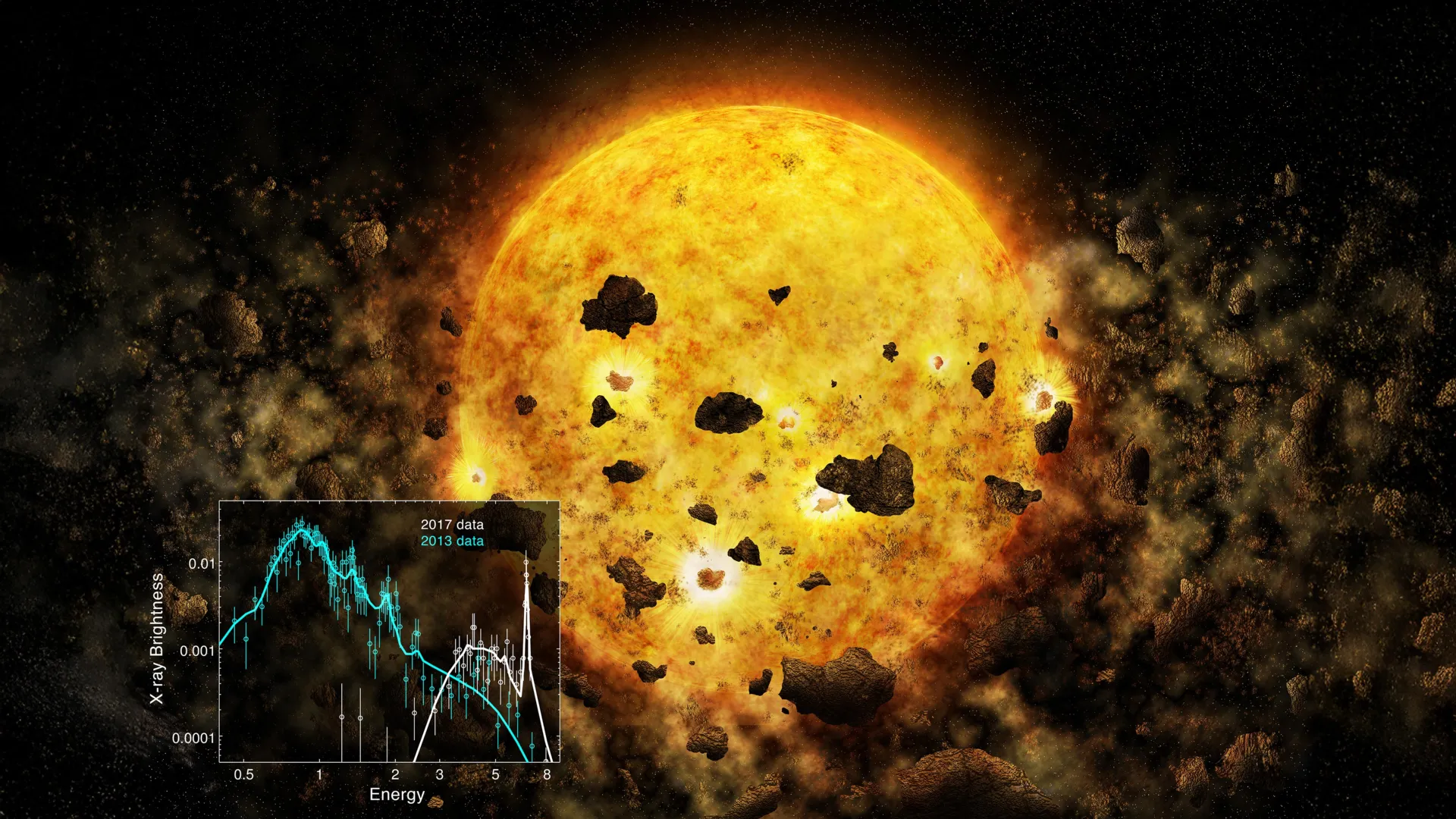Now Reading: Scientists Recreate Universe’s First Molecule, Unlock 13-Billion-Year Mystery
-
01
Scientists Recreate Universe’s First Molecule, Unlock 13-Billion-Year Mystery
Scientists Recreate Universe’s First Molecule, Unlock 13-Billion-Year Mystery

Rapid Summary
- The big Bang occurred 13.8 billion years ago, creating extremely high temperatures and densities that later cooled.
- Neutral atoms formed after 380,000 years of recombination between free electrons and ions.
- The helium hydride ion (HeH⁺), the universe’s oldest molecule, played a crucial role in forming molecular hydrogen (H2), essential for early star formation.
- During cooling of protostars,molecules like HeH⁺ dissipated energy through rotation and vibration-important for nuclear fusion initiation.
- Researchers from MPIK in Heidelberg recreated early-universe conditions to study HeH⁺ reactions with deuterium using the Cryogenic Storage Ring device at -267°C.
- Contrary to prior predictions,reaction rates remained constant even at low temperatures due to improved theoretical calculations aligning with experimental results.
- Findings highlight the previously underestimated importance of reactions involving HeH⁺ in early-universe chemistry and star formation processes.
Indian Opinion Analysis
This research substantially enhances our understanding of the chemical origins of stars after the Big Bang. By accurately simulating cosmic conditions under extreme cold temperatures and correcting earlier theoretical errors,scientists underscore how foundational molecules like helium hydride shaped star formation.For India’s space initiatives like ISRO’s collaboration on astrophysics or interstellar studies, deeper knowledge about cosmic chemistry could open avenues for more refined modeling tools beneficial in analyzing stellar evolution.Moreover, this investigation serves as a reminder about international collaboration’s value-such as those undertaken by MPIK-that exemplify rigorous experiments to decode universal mysteries. while India continues advancing its scientific capabilities via global partnerships and indigenous progressions (e.g.,Chandrayaan missions),such discoveries are relevant for expanding India’s stake as a leader in astrophysical research.
























